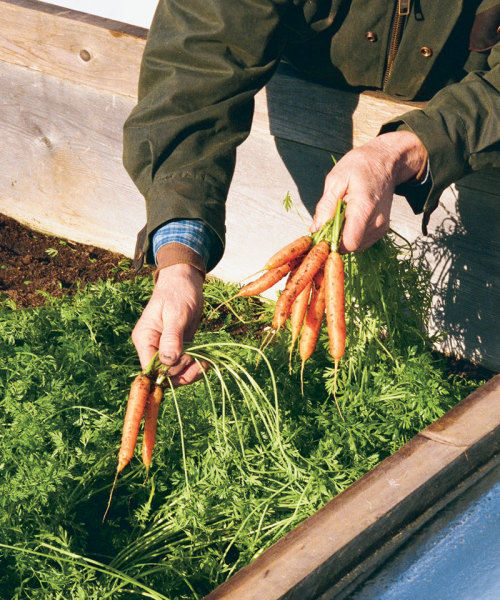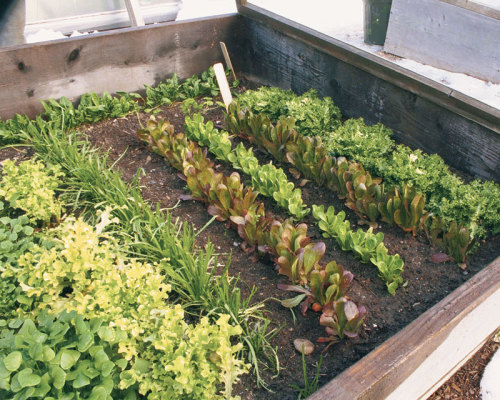
The radishes are long gone, you’ve harvested the last of the lettuce, and the garlic and onions are out of the ground. What are you going to do with all that empty space?
If you’re like me, you’ll probably want to exploit it. When the snow peas and snap peas turn brown along the fence trellis, I plant cucumber and pole beans in their place. I like to replant arugula, mâche, and leaf lettuce wherever there’s space. Kale takes over a garlic or onion bed after the bulbs have been pulled.
I garden in Connecticut, where frost theoretically puts an end to tender crops early in October. I don’t make a great effort to extend the season beyond its natural limits, but that doesn’t mean you can’t.
| Cool-season vegetables: • Spinach • Mâche • Beets • Greens • Cabbage • Carrots • Kale • Escarole and endive |
|
In a cold climate, your fall garden might need some frost protection. Many northern gardeners garden well into the winter with the help of greenhouses, hoop houses, and cold frames.
In warmer parts of the country, you have more options
If you live in California, the Pacific Northwest, Texas, or the South, you can grow two or possibly even three crops per year if you choose suitable varieties.
For the best advice on how to proceed with your fall garden, talk to experienced gardeners in your area. These folks are dealing with similar climate and soil conditions and can tell you (and show you) what has worked for them. You might also consult your local Cooperative Extension Agent.



















Comments
Log in or create an account to post a comment.
Sign up Log in